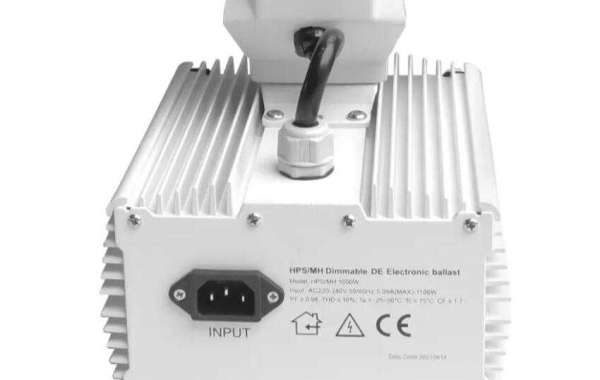Optimizing growth from seedlings to harvest requires providing the right conditions for your plants, and selecting the right grow light fixture is a crucial part of that process. Here's how you can use the appropriate grow light fixture to maximize plant growth at each stage:
Seedling Stage: During the early stages, seedlings require gentle and consistent light to promote healthy growth. Choose a grow light fixture with a low-intensity setting or one specifically designed for seedlings. LED grow lights are often suitable for this stage because they emit low heat and can be positioned close to the seedlings without burning them. Aim for a light spectrum that includes blue light to encourage vegetative growth.
Vegetative Stage: As your plants transition from seedlings to vegetative growth, they require more light intensity to support leafy expansion. Increase the light intensity gradually and ensure that the fixture provides a balanced spectrum with both blue and red light. LED grow lights with adjustable settings are ideal for this stage, allowing you to provide the right combination of light for optimal growth.
Flowering Stage: When your plants enter the flowering stage, they require a different light spectrum to stimulate blooming and fruiting. Adjust your grow light fixture to increase the amount of red light while reducing the blue light. Some fixtures offer specific modes or settings for flowering to simplify this process. Consider using supplemental lighting such as supplemental LED bars or supplemental High-Pressure Sodium (HPS) lights to provide the necessary spectrum for robust flower and fruit development.
Light Intensity Adjustments: Throughout the growth cycle, monitor and adjust the light intensity of your grow light fixture based on the needs of your plants. Different species have varying light intensity requirements, so ensure that you provide sufficient light without causing light stress or burning. Refer to plant-specific light intensity guidelines and observe your plants for any signs of light-related issues, such as stretching or leaf bleaching.
Photoperiod Control: Controlling the photoperiod, or the duration of light and darkness, is essential for plant growth and triggering specific stages like flowering. For most plants, providing 12-16 hours of light during the vegetative stage and 8-12 hours during the flowering stage is common. Utilize timers or programmable features in your grow light fixture to automate and maintain consistent light cycles, mimicking natural day-night patterns.










